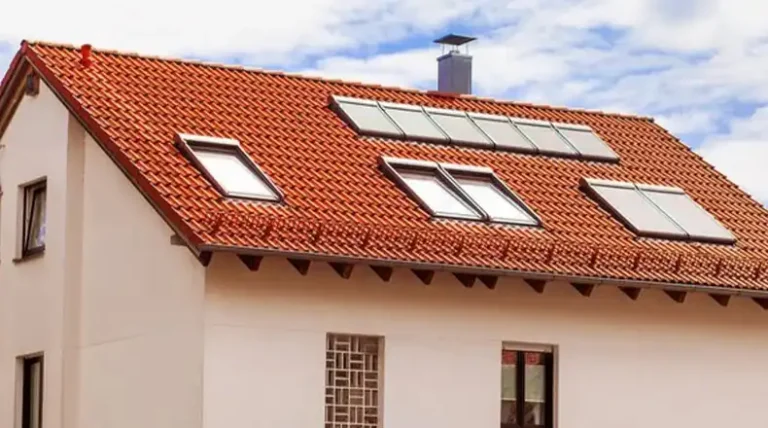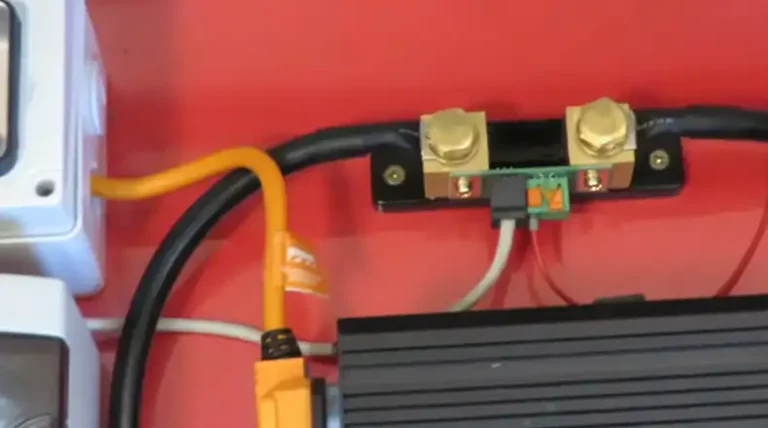Growatt Inverter Problems, Warnings And Error Codes Explained
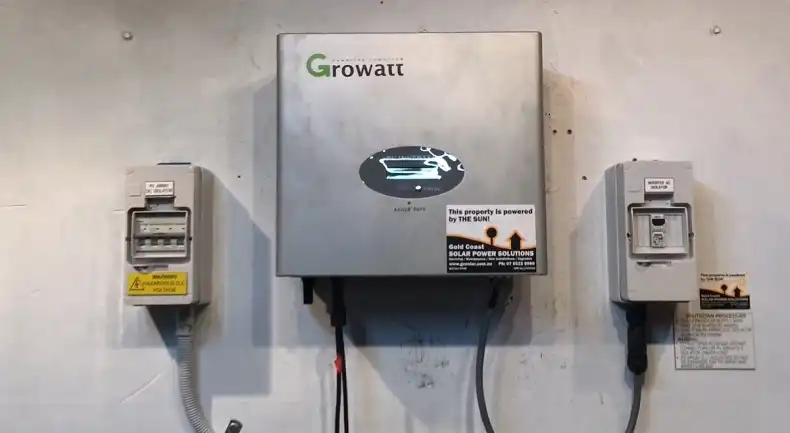
Growatt inverters have become a popular choice for solar energy systems in recent years, known for their affordability and wide range of products. However, like any technology, they can encounter issues that may leave users puzzled and frustrated.
In this comprehensive guide, we’ll delve into common Growatt inverter problems, decode error codes, and provide troubleshooting tips to help you keep your solar system running smoothly.
Whether you’re a homeowner with a Growatt inverter or a solar installer dealing with these devices, understanding the potential challenges and how to address them is crucial for maintaining optimal performance and longevity of your solar investment.
Common Growatt Inverter Problems
Growatt inverters, while generally reliable, can experience a range of issues that may affect their performance or cause them to stop working altogether. Understanding these common problems is the first step in troubleshooting and resolving issues with your solar system.
1. Inverter Not Turning On
One of the most frustrating problems users may encounter is when their Growatt inverter fails to power on. This issue can stem from various causes:
- Power supply problems: Check if there’s a proper connection to the AC grid and that the circuit breakers are in the correct position.
- Internal component failure: In some cases, internal components may fail, requiring professional diagnosis and repair.
- Firmware issues: Outdated or corrupted firmware can sometimes prevent the inverter from starting up correctly.
2. Communication Issues
Growatt inverters often come with monitoring capabilities, allowing users to track their system’s performance. However, communication problems can disrupt this functionality:
- Wi-Fi connectivity: Issues with the Wi-Fi module or home network settings can prevent the inverter from sending data.
- Data logging errors: Sometimes, the inverter may fail to log data correctly, leading to inaccurate or missing information in monitoring apps.
- Dongle failures: For inverters using external communication dongles, these devices can sometimes malfunction or become disconnected.
3. Overheating
Excessive heat can significantly impact an inverter’s performance and lifespan:
- Poor ventilation: Ensure the inverter is installed in a well-ventilated area with sufficient clearance around it.
- Fan failures: Some Growatt models have cooling fans that can fail over time, leading to overheating issues.
- Environmental factors: Extremely hot climates or direct sun exposure can cause the inverter to overheat and shut down as a protective measure.
4. Grid Connection Problems
Inverters need to maintain a stable connection to the electrical grid to function properly:
- Grid voltage fluctuations: If the grid voltage falls outside the inverter’s acceptable range, it may disconnect as a safety precaution.
- Frequency issues: Similar to voltage, grid frequency fluctuations can cause the inverter to disconnect.
- Faulty grid detection: In some cases, the inverter may incorrectly detect grid issues when there are none, leading to unnecessary shutdowns.
Understanding Growatt Error Codes
Growatt inverters are designed to communicate issues through a system of error codes and warning messages.
These codes can be invaluable in diagnosing problems quickly and accurately. Let’s break down the two main types of messages you might encounter:
1. Warning Messages (W Codes)
Warning messages, indicated by a “W” followed by a number, typically signify current status issues that may not necessarily indicate a fault.
These warnings often clear themselves through an orderly shutdown/reset or through self-corrective actions performed by the inverter.
While they don’t always require immediate action, it’s wise to monitor them to ensure they don’t escalate into more serious problems.
2. Error Messages (E Codes)
Error messages, denoted by an “E” followed by a number, identify possible equipment failures, faults, or incorrect inverter settings.
These issues usually require attention and may need intervention from a qualified technician. Some error codes indicate fatal errors that demand immediate action.
3. Table Of Common Error Codes And Solutions
Here’s a table of some common Growatt error codes, their descriptions, and suggested solutions:
| Error Code | Description | Suggestion |
| No AC Connection | No utility grid connected or utility grid power failure | 1. Check AC wiring. 2. Contact Growatt. |
| AC V Outrange | Utility grid voltage is out of permissible range | 1. Check grid voltage. 2. If error persists despite normal grid voltage, contact Growatt. |
| AC F Outrange | Utility grid frequency out of permissible range | 1. Check grid frequency. 2. If error persists despite normal grid frequency, contact Growatt. |
| Over Temperature | Temperature out of range | 1. Check inverter operation state. 2. If error persists, contact Growatt. |
| PV Isolation Low | Insulation problem | 1. Check panel enclosure ground. 2. Check inverter ground. 3. Check if DC breaker is wet. 4. If error persists, contact Growatt. |
| Output High DCI | Output current DC offset too high | 1. Restart inverter. 2. If error persists, contact Growatt. |
| Residual I High | Leakage current too high | 1. Restart inverter. 2. If error persists, contact Growatt. |
| PV Voltage High | DC input voltage exceeding maximum tolerable value | Disconnect the DC switch immediately. |
| Error: 102 | Consistent fault. Data received by Master and Slave processor are different | 1. Restart inverter. 2. Check utility grid if frequent. 3. Contact Growatt if persistent. |
| Error: 121 | Communication fault between Master and Slave processor | 1. Restart inverter. 2. Contact Growatt if persistent. |
Understanding these codes can help you quickly identify the nature of the problem and take appropriate action. In many cases, simple steps like restarting the inverter or checking connections can resolve the issue.
However, for persistent problems or those requiring technical expertise, it’s always best to consult with a qualified solar technician or contact Growatt support directly.
Troubleshooting Growatt Inverters
When you encounter issues with your Growatt inverter, there are several steps you can take to diagnose and potentially resolve the problem before calling in professional help. Here’s a guide to basic troubleshooting:
Basic Troubleshooting Steps
- Check the display: Start by examining the inverter’s display panel. Look for any error codes or warning messages. These can provide valuable information about what’s wrong.
- Verify power supply: Ensure that the inverter is receiving power from both the solar panels and the grid. Check all connections and make sure circuit breakers haven’t tripped.
- Restart the inverter: Many issues can be resolved by a simple restart. Turn off the AC and DC switches, wait for about 5 minutes, then turn them back on in the correct sequence (usually DC first, then AC).
- Check for overheating: Feel the inverter (carefully) to see if it’s unusually hot. Ensure it has proper ventilation and isn’t in direct sunlight.
- Examine wiring and connections: Look for any loose, damaged, or corroded wiring. Tighten any loose connections, but be cautious not to overtighten.
- Update firmware: If possible, check if there are any available firmware updates for your inverter model. Outdated firmware can sometimes cause issues.
- Monitor performance: Use the Growatt monitoring app or web portal to check your system’s performance. Look for any unusual patterns or drops in production.
When To Contact Professional Support
While many issues can be resolved through basic troubleshooting, there are times when professional help is necessary:
- Persistent error codes: If an error code persists after attempting basic troubleshooting, it’s time to call in an expert.
- Safety concerns: If you notice any burning smells, strange noises, or signs of physical damage, turn off the system immediately and contact a professional.
- Electrical issues: Any problems related to high voltage or current should be handled by a qualified electrician or solar technician.
- Warranty considerations: If your inverter is still under warranty, attempting complex repairs yourself might void it. Check your warranty terms before proceeding.
- Lack of technical knowledge: If you’re unsure about any aspect of troubleshooting or feel uncomfortable working with electrical equipment, it’s best to seek professional help.
Remember, safety should always be your top priority when dealing with electrical equipment. If you’re ever in doubt, don’t hesitate to contact a certified solar installer or Growatt’s customer support for assistance.
Reliability and Performance of Growatt Inverters
The reliability and performance of Growatt inverters have been topics of much discussion in the solar industry. Experiences with these inverters vary widely, ranging from long-term satisfaction to frustration with recurring issues.
Let’s explore the mixed feedback and recent developments in Growatt’s quality and customer service.
Mixed Experiences From Users And Installers
- Positive experiences: Many users report that their Growatt inverters have performed reliably for years without any significant issues. Some installers have noted that newer models show improved build quality and performance compared to earlier versions.
- Negative experiences: On the flip side, some users and installers have encountered frequent failures, communication problems, and difficulties with customer support. Early models, in particular, seem to have had higher failure rates.
- Variability in quality: There appears to be some inconsistency in the quality of Growatt inverters. While some units perform flawlessly for years, others may fail prematurely or require frequent replacements.
- Price point consideration: It’s important to note that Growatt inverters are often positioned as a more budget-friendly option. Some users find that the lower cost outweighs the potential for more frequent issues, especially if the warranty process is smooth.
Recent Improvements In Quality And Customer Service
- Enhanced product lineup: Growatt has introduced new models with improved features and reliability. For example, some newer inverters have better heat management systems and more robust components.
- Strengthened warranty support: There are indications that Growatt has been working to improve its warranty process and customer support. Some users report quicker response times and more efficient handling of warranty claims.
- Increased local presence: In markets like Australia, Growatt has been establishing a stronger local presence, which can lead to better support and faster resolution of issues.
- Ongoing development: Growatt continues to invest in research and development, aiming to address known issues and improve overall product quality.
- Mixed feedback on recent models: While some installers report significant improvements in newer Growatt inverters, others remain cautious based on past experiences.
It’s worth noting that experiences can vary greatly depending on factors such as the specific model, installation quality, local climate, and grid conditions. When considering a Growatt inverter, it’s advisable to:
- Research the specific model you’re interested in, looking for recent reviews and feedback.
- Discuss with your installer about their experiences with Growatt and whether they recommend the brand for your specific situation.
- Consider the warranty terms and local support availability in your decision-making process.
Maintaining Your Growatt Inverter
Proper maintenance of your Growatt inverter can significantly extend its lifespan and ensure optimal performance.
While these inverters are generally designed for low maintenance, there are still some important steps you can take to keep your system running smoothly:
Regular Cleaning And Inspection
- Keep it clean: Dust and debris can accumulate on the inverter, potentially affecting its cooling efficiency. Regularly clean the exterior of the inverter with a dry cloth. Avoid using water or cleaning solutions.
- Check ventilation: Ensure that the area around the inverter remains well-ventilated. Remove any objects that might obstruct airflow around the unit.
- Visual inspection: Periodically inspect the inverter for any signs of physical damage, loose connections, or pest infestations. Look for any discoloration or swelling on the casing, which could indicate internal issues.
- Monitor temperature: Keep an eye on the inverter’s operating temperature. If it seems to be running hotter than usual, check that the cooling fans (if present) are functioning correctly and that there’s adequate airflow.
- Check connections: While the system is powered down, gently tighge any loose connections. Be careful not to overtighten, as this can damage the terminals.
Firmware Updates
- Stay current: Growatt periodically releases firmware updates that can improve performance, fix bugs, or add new features. Check for updates regularly, either through the Growatt monitoring app or their website.
- Professional installation: While some firmware updates can be done remotely or by the user, others may require professional installation. Always follow Growatt’s recommendations for firmware upgrades.
- Update timing: It’s generally best to perform updates during low production times (e.g., early morning or evening) to minimize the impact on your system’s energy generation.
- Backup settings: Before performing any firmware update, make sure to backup your inverter’s settings if possible. This can save time in case you need to reconfigure after the update.
- Monitor post-update: After any firmware update, closely monitor your system’s performance for a few days to ensure everything is functioning correctly.
Additional Maintenance Tips:
- Keep records: Maintain a log of any maintenance performed, error messages encountered, and changes in system performance. This can be valuable for troubleshooting and warranty claims.
- Professional check-ups: Consider having a professional solar technician perform an annual check-up on your entire solar system, including the inverter.
- Stay informed: Keep up with Growatt’s official communications about your inverter model. They may release important information about potential issues or recommended maintenance procedures.
- Monitor performance: Regularly check your system’s performance through the monitoring app or web portal. Unexpected drops in production could indicate an issue with the inverter or other components.
Final Words
Growatt inverters, like any technology, come with their own set of challenges and considerations.
While they offer an affordable entry point into solar energy, users may encounter various issues ranging from communication problems to error codes and performance concerns.
Understanding these potential problems and knowing how to address them is crucial for maintaining an efficient and reliable solar system.
The mixed experiences reported by users and installers highlight the importance of thorough research and careful consideration when choosing an inverter.
Recent improvements in Growatt’s product quality and customer service are encouraging signs, but it’s essential to weigh these factors against your specific needs and budget.

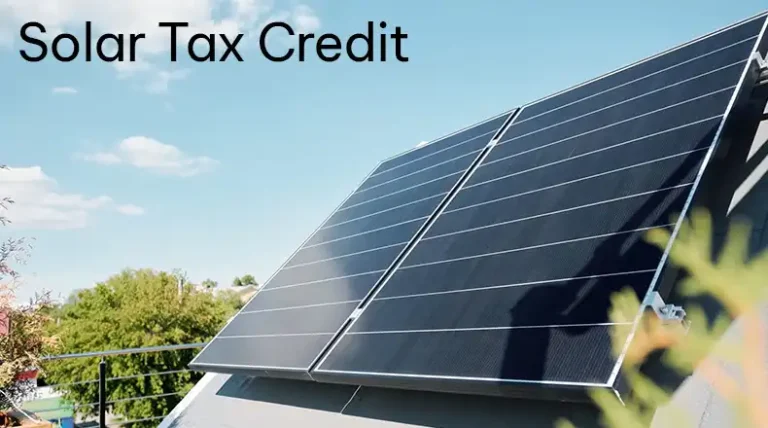
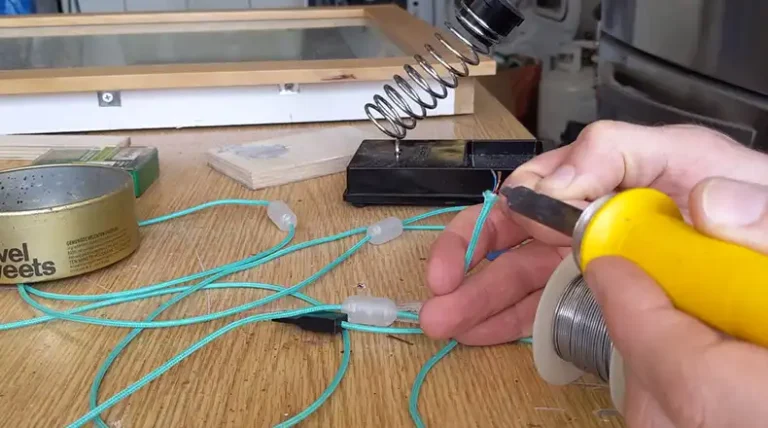
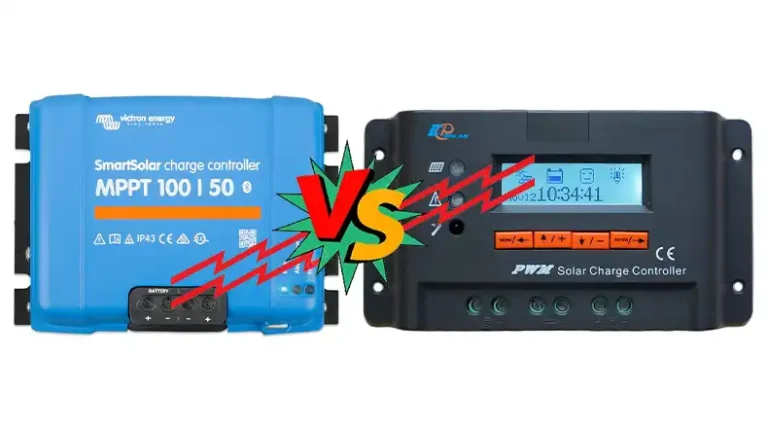
![[Explained] What Size Fuse for 3000 Watt Amp for Solar Inverter?](https://www.itekenergy.com/wp-content/uploads/2023/08/What-Size-Fuse-for-3000-Watt-Amp-for-Solar-Inverter-768x428.webp)
